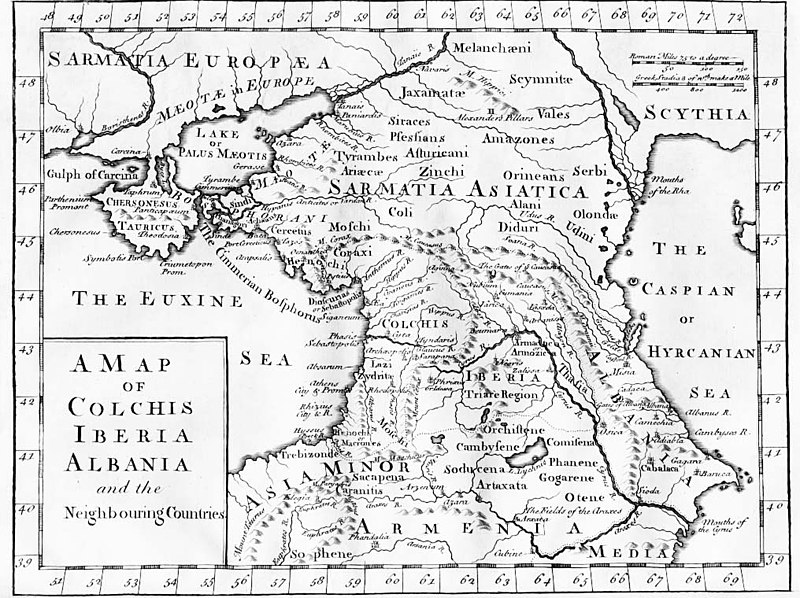btw. again please note that I do not speak of languages but about origin of people...about haplogroups, tribal identities... from the point of language it is not correct to call those people proto-Slavic as we cannot know how close/distant to Slavic language it was...as far as we know it might have not been IE even...
well, let me compare... French are sometimes called Gauls even though their language is not really Celtic.... we may speak of proto-Mexican people as Mayas and Aztecs even though languages of those ancient people were not Spanish
in that sense, it is perfectly correct to speak of proto-Slavs when trying to trace origin of Slavs in past and to talk about proto-Serbs when trying to trace origin of Serbs in past...
now, I answer here on post from topic about thracians
http://www.eupedia.com/forum/showth...t-Thracian-DNA&p=371354&viewfull=1#post371354
You keep quoting eneti from the anatolia. Have you read homers books, the passage refers to Pylaemedes and the Paphalgonians from the lands of the eneti. It does not say eneti people moved anywhere, they did not even fight at troy. Did they ( the eneti) exist?
it was not like world war you know...
it was war between Greek people mostly... between 2 groups that were tied with allies bonds and cousin relationship between rulers of towns...
Paphlagonia is not so near Troy as it seems...there was no reason for them to participate...especially if they were not Greeks and thus not related to any of the sides by royal bonds or allies made...
at that time Greeks probably lived only on coasts of Asia minor near Greek islands...but not deep inside Anatolia... the spread deep into anatolia probably came after conquest of sea peoples...perhaps Mycenean Greeks were the ones who pushed Veneti out...
again order of attack was: Hatti, Kode, Carchemish, Arzawa, Alashiya
Paphlagonia would be northeast part of Assuwa
Paphlagonia Eneti were most notable among Paphlagonians...but were expelled after expedition with Cimmerians short after Troyan war...
only expedition in that area and in that time was sea peoples..
.
I have already explained many times why I think Cimmerians are Serians and related to Paphlagonia Eneti...in fact, I think that Cimmerians and Eneti originate from same tribe that originally spread around Black sea, in times preceding sea peoples conquest I guess that Cimmerians are mostly along north, northeast and west shores of Black sea and Eneti mostly along south shores...
so, if Cimmerians came from direction of Colchis and Iberia and Veneti pushed from Paphlagonia, together they brought easily Hatti down...as they had it surrounded....but when both were busy running conquest to south as far as Egypt, Myceneans probably used opportunity and pushed Veneti out from their lands... so Greek influence spread on big part of Anatolia...
Veneti being pushed out of Paphlagonia easily corresponds to hole in R1a spread there .. so, it is possible that Paphlagonia Eneti were perhaps already mix of R1a and I2a2...
but it is questionable whether Papphlagonia Eneti were exactly the same tribe as Adriatic Veneti... I think it is more likely that Paphlagonia Eneti were pushed to the east... also we find today I2a* exactly and only in the locations matching Celtic Veneti and Adriatic Veneti areas which may indicate old settlements... btw. note that in ancient times different branches of Veneti perfectly match description of sea peoples - Britanny Veneti, Baltic Veneti, Adriatic Veneti, Paphlagonia Veneti - all on seas !!
prospect that Adriatic Veneti were on their place much before Paphlagonia Eneti were kicked out indicates that they may have been related to I2a1 Sardinians same as Paphlagonia Eneti were related to Cimmerians....if those people spoke same language than Sherdana could have easily been Sardinians who joined conquest of related people from Asia....
anyway when Etruscan settled in between Sardinians and Adriatic Veneti, they probably cut the cultural bond between them...... on other hand it makes sense that Etruscans were allowed to settle next to Adriatic Veneti cause they knew each other well from Asia minor...as supposed movements happened roughly in same period - short after Trojan war







